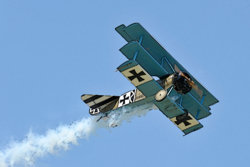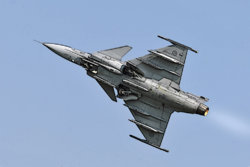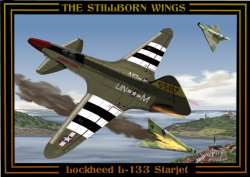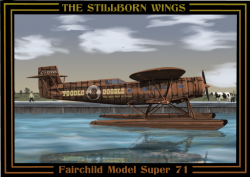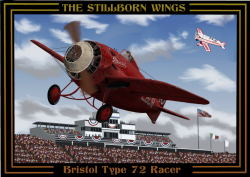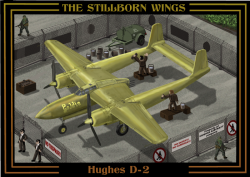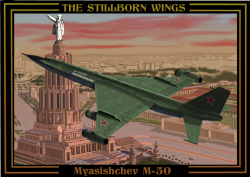Jergon
Well-Known Member
- Messages
- 106
- Likes
- 150

In the year 1919 was in the Zari brothers' factory built a prototype of fighter biplane designed during the war by Italian designer Tebaldi. Later, both the prototype and the design rights, was bought by Breda company. Breda re-engined the prototype with a 224 kW (300 hp) Hispano-Suiza HS-42 V-8 water-cooled engine. In 1922 and drafted an agreement with the Italian government to produce three more aircraft, but no production order followed. The original Tebaldi-Zari prototype was entered in the Italian 1923 fighter contest. The Regia Aeronautica (Italian Royal Air Force) took no interest in a production order, and no further aircraft were built.

